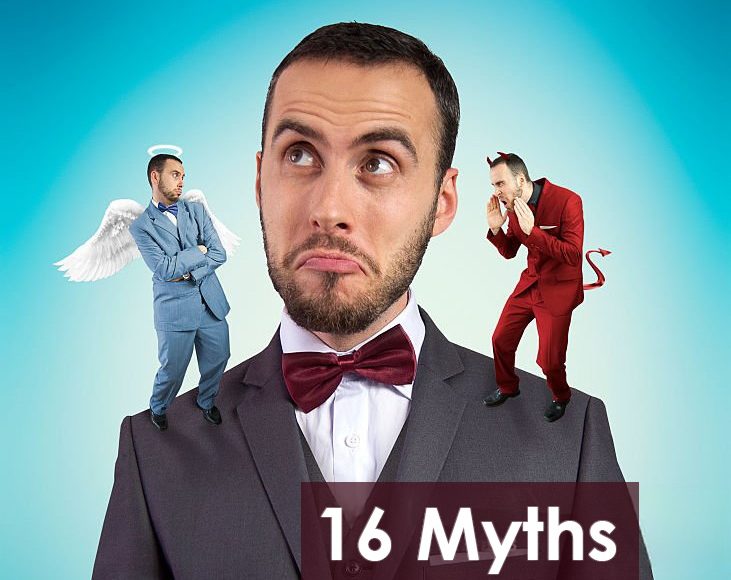
Top 16 Myths About Hair Transplants Debunked

Top 16 Myths About Hair Transplants Debunked
Myths and misconceptions
If you’re considering getting a hair transplant, you may have heard a lot of false information. Although there have been considerable advancements in hair transplantation, many myths and misconceptions may prevent patients from receiving the necessary care.
Not Unnatural
Gone are the days of plug-like, obvious hair restoration results. Today’s hair transplants use methods like FUE or Follicular Unit Transplantation (FUT)....
Myths vs Facts
Not Too Expensive
may appear expensive at first glance, but here’s the reality: they’re surprisingly cost-effective compared to the recurring costs of temporary remedies….
Not Temporary
The hair used in a transplant comes from the donor area—typically the back or sides of your head—where follicles are genetically programmed to resist hair loss.
Setting the Record Straight : Myths vs. Reality
This blog post will dispel some of the most common misconceptions about hair transplants and provide the information you need to make an informed choice. Since they remedy hair loss, hair transplants have grown in popularity over time. But as with any medical procedure, they have their fair share of myths and misconceptions.
These myths often lead to unnecessary hesitation and misinformation. Today, we’re here to set the record straight and debunk some of the most common myths about hair transplants. Let’s get into business. Shall we?
Myth 1 : Hair Transplants Are Only for Men
Hair loss doesn’t discriminate by gender. Women face conditions like androgenetic alopecia, hormonal changes, or postpartum hair loss—all of which can benefit from a hair transplant. Modern techniques like Follicular Unit Extraction (FUE) allow for personalised approaches tailored to anyone’s unique hair type and pattern. So, ladies, don’t let this myth hold you back. Hair transplants are as much for you as they are for men.
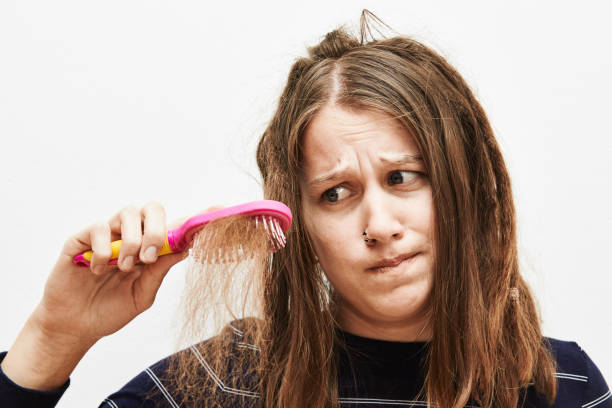
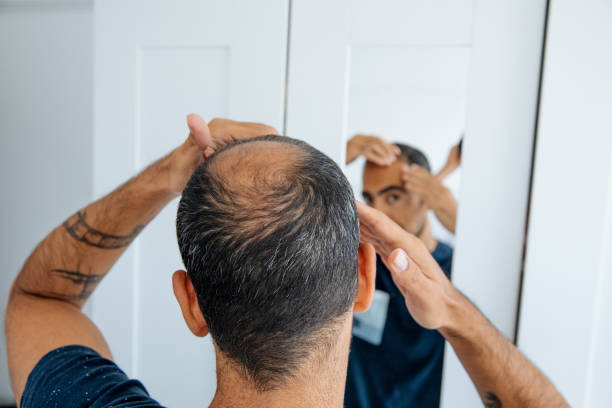

The androgen receptor gene and other genes related to the growth and function of hair follicles influence facial hair patterns. These genes can influence facial hair’s thickness, colour, and texture and control protein synthesis in hair growth.
On the other hand, the genes linked to the growth and function of hair follicles and the androgen receptor gene influence facial hair patterns. In addition to controlling the synthesis of proteins necessary for hair growth, these genes can affect facial hair’s texture, colour, and thickness.


- 2,190 Grafts
- 12 Months Post Op
Myth 2 : Hair Transplants Look Unnatural
Gone are the days of plug-like, obvious hair restoration results. Today’s hair transplants use methods like FUE or Follicular Unit Transplantation (FUT) to recreate a natural hairline. Skilled surgeons carefully place each follicle to match your hair’s direction and density. The result? Hair that blends seamlessly with what’s already there—natural and undetectable.
The Truth: Advanced techniques make results look so natural even your hairstylist might not notice!
Myth 3 : Hair Transplants Are Painful
Sure, no one loves the idea of sitting through a medical procedure, but let’s clear the air—hair transplants are performed under local anaesthesia. Most patients report feeling little to no pain during the procedure. Post-surgery discomfort is minimal and manageable with over-the-counter pain relief. Many patients binge-watch their favourite series during the process!
The Truth: Modern hair transplants are surprisingly comfortable.


- 2,190 Grafts
- 12 Months Post Op
Myth 4 : Hair Transplants Are Too Expensive
Hair transplants may appear expensive at first glance, but here’s the reality: they’re surprisingly cost-effective compared to the recurring costs of temporary remedies like hairpieces, serums, or medication. Even better, many clinics offer flexible financing options, making the surgery more affordable than you’d think.
Game-changer: Can you put a price on the confidence boost of seeing your hair restored?
Truth: Think of it as a long-term investment in your confidence.
Myth 5 : Hair Transplants Are Temporary
The hair used in a transplant comes from the donor area—typically the back or sides of your head—where follicles are genetically programmed to resist hair loss. Once transplanted, these hairs grow just like your natural hair. The key is to follow your surgeon’s post-operative instructions care instructions to ensure the best results.
The Truth: Hair transplants are designed to be permanent solutions—if done right.
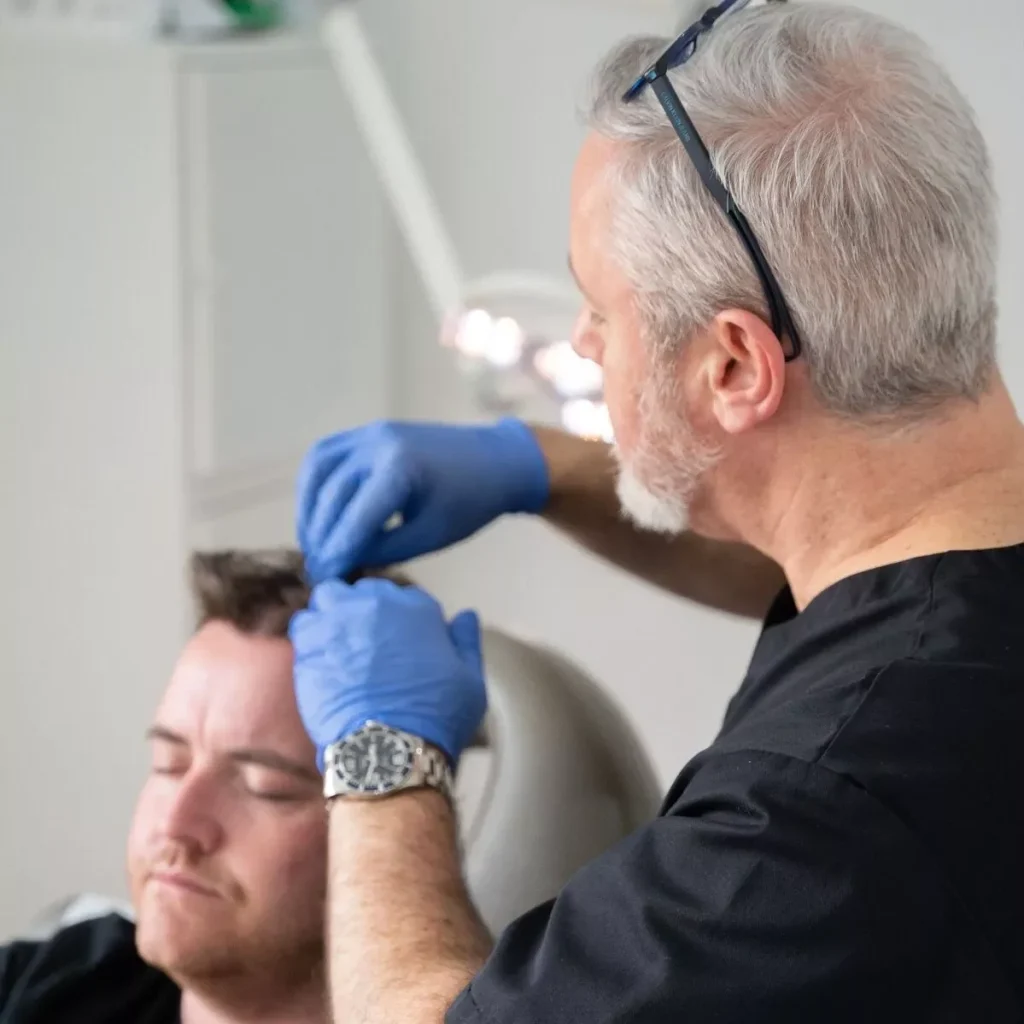
Myth 6 : Hair Transplants Are Risky
Hair transplants have a low risk of complications and are a minimally invasive treatment—no wonder they’re such a popular choice! The secret to a smooth experience is choosing the right clinic with skilled, experienced surgeons. Do your homework, read reviews, and don’t hesitate to ask all your burning questions during consultations. A good clinic will prioritise your safety and satisfaction.
The Truth: When performed by qualified professionals, they’re extremely safe.
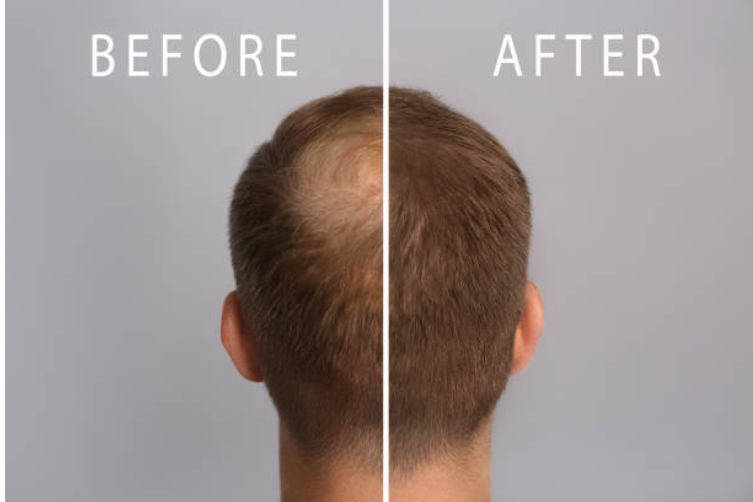
Myth 7 : Results Are Immediate
While it would be amazing to wake up with a full head of hair the day after your transplant, the reality is that good things take time. Initially, you might experience shedding (which is completely normal!). New growth usually starts around the 3-month, with full results visible after 12-18 months. Trust the process—it’s worth the wait.
The Truth: Patience is part of the process.
Myth 8 : A Lot of Downtime is Necessary for Hair Transplants
The idea that you need extensive downtime after a hair transplant is outdated. While it’s true that the initial recovery phase requires some care—like avoiding strenuous activities and following post-operative instructions—the downtime is far from excessive. Most patients feel comfortable resuming non-physical work within a few days, and most return to normal activities within 1-2 weeks.
Modern techniques like FUE are minimally invasive, meaning quicker recovery times than older methods. Any obvious symptoms of the process, such as redness or scabbing, tend to fade quickly. So, a hair transplant fits easily into a busy schedule, making it an accessible option for those looking to restore their hair without long interruptions to their lifestyle.
The truth: Most people can return to work and normal activities within 1-2 weeks after a hair transplant, with minimal disruption to their daily routines.
Myth 9 : Hair transplants cannot be done on older patients
As long as a person is in good overall health and has sufficient donor hair, they can undergo the procedure successfully. Older patients often achieve excellent results, making hair restoration an option for people well into their later years.
The truth: Age is not a limiting factor for hair transplants. check out the photo at the right
that is Simon

Myth 10 : Hair Transplants Leave Behind Noticeable Scars
Gone are the days when hair transplants left large, obvious scars. Individual hair follicles are extracted and implanted using FUE, resulting in small dot scars that heal quickly and are nearly invisible. Even with shorter hairstyles, these scars are so subtle that they blend seamlessly with the surrounding hair. Skilled surgeons also take great care in the placement of incisions to ensure natural-looking results.
Or Unsightly Scars
It’s truly remarkable how far the technology and techniques have advanced! If you’re concerned about scarring, a consultation with a specialist can give you the confidence and reassurance you need. You’ll be amazed at how discreet and effective modern hair restoration procedures are today!
The truth: Modern hair transplant techniques, like FUE (Follicular Unit Extraction), leave behind minimal, barely noticeable scarring.
Myth 11 : Hair Transplants Use Hair From Other Parts of the Body or Other People
It’s a common misconception that hair can be borrowed from others or taken from body hair for a transplant. The procedure relies on your hair because your body would reject hair from another person, even with a perfect match. The donor area, so hair loss is not genetically likely to occur there, is carefully chosen because the hair here is thicker and more resistant to shedding.
As for body hair, while it can technically be used in rare cases, it is not ideal because it differs in texture and growth patterns, leading to less natural-looking results. Hair transplants are about redistributing your existing hair to create a fuller, natural appearance. So rest assured, no stranger’s hair is involved in your transformation!
The truth: Hair transplants exclusively use your hair, typically from the back or sides of your scalp, as these areas are genetically resistant to hair loss.
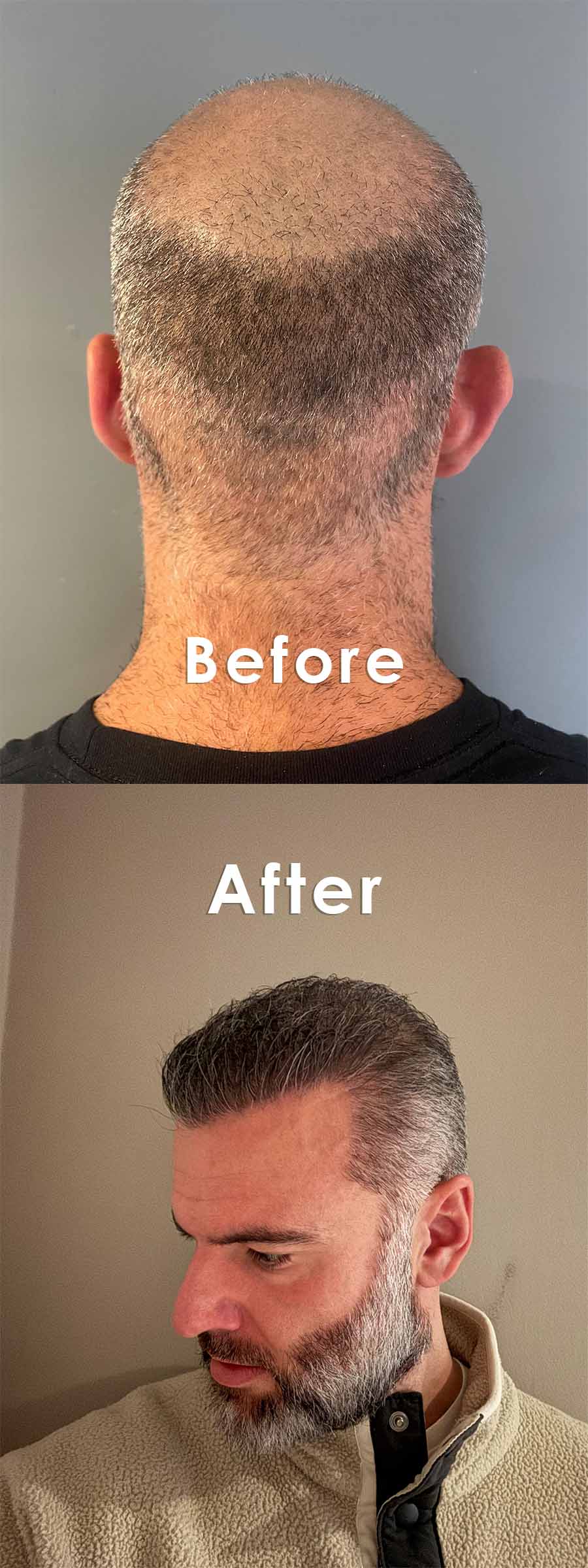
Myth 12 : Hair Transplants Are Only for Completely Bald People
The Truth: You don’t need to be completely bald—hair transplants work best for those with thinning areas or receding hairlines.
Some believe hair transplants are only an option for individuals who have lost all their hair. In reality, hair restoration works best when enough donor hair is still available. Even those with thinning hair, receding hairlines, or patchy hair loss can benefit from a transplant. The procedure enhances density and coverage, making it a great solution for many hair loss stages.
Myth 13: You Need Medication to Make Your Transplanted Hair Grow
The hair used in a transplant is your own and is taken from areas resistant to hair loss, so it grows like the rest of your natural hair.

No special medication is required to “activate” or make transplanted hair grow—it’s already programmed to thrive in its new location. That said, some patients may choose to use medications like finasteride or minoxidil to protect their non-transplanted hair from thinning or enhance the density of existing hair.
These medications aren’t essential for the transplanted follicles to grow but can be a helpful addition for overall maintenance. The beauty of hair transplants is that once the grafts take root, they grow independently, giving you permanent, natural-looking results without relying on pills or topical treatments.
The truth: Transplanted hair grows naturally without medication, although certain treatments can support overall hair health.
Myth 14: Laser Hair Transplants are the Most Effective Method for Restoring Hair
While “laser hair transplant” might sound high-tech, lasers are not the gold standard in hair restoration. Using lasers to create recipient sites can damage surrounding tissues and compromise the survival of transplanted follicles.
Laser is complementary treatment
Lasers are sometimes used as a complementary treatment, such as low-level laser therapy (LLLT)

Lasers are used to
stimulate hair growth post-transplant, but they are ineffective for transplantation.

Proven methods like
- FUE (Follicular Unit Extraction)
- FUT (Follicular Unit Transplantation)
involve meticulous extraction and positioning of hair follicles, resulting in higher success rates and more natural-looking results. A reliable, long-term solution, use experienced surgeons’ tried-and-tested methods.
The Truth: Traditional hair restoration methods, such as Follicular Unit Extraction (FUE) and FUT (Follicular Unit Transplantation), are far more effective and widely used than laser-based techniques.
Myth 15: Hair Transplants Affect the Brain
This myth likely stems from the fact that the procedure takes place on the head, but rest assured, a hair transplant is purely superficial. The process focuses on the outermost layer of the skin, where hair follicles are extracted and transplanted. The instruments used do not penetrate deep enough to reach the skull or brain.
Additionally, the surgery is performed by trained professionals who always ensure your safety. Your brain remains completely untouched and unaffected during the process. Hair transplants are all about enhancing your appearance, not interfering with your internal health—so you can confidently proceed without any worries about brain-related side effects!
The truth: Hair transplants only involve the skin and scalp and do not impact the brain or internal structures.
Myth 16: Hair Transplants are Temporary
The belief that hair transplants are temporary couldn’t be further from the truth. During the procedure, hair follicles are carefully harvested from the back or sides of the scalp, known as the “donor area,” where hair is naturally programmed to grow for life. Once these follicles are transplanted to thinning or balding areas, they retain their resistance to hair loss and continue growing like the rest of your natural hair.
While it’s normal for transplanted hair to shed temporarily within the first few weeks, this is simply part of the process, and new growth begins soon after. The results are long-lasting, providing you with fuller, natural-looking hair for years. A hair transplant is truly an investment in your confidence and appearance!
Fact: Hair transplants only use your hair, usually from the back or sides of your head, because these areas naturally resist hair loss.


- 2,765 Grafts
- Complete Hair Restoration
- 12 Months Post Op


- 2,654 Grafts
- Complete Hair Restoration
- 12 Months Post Op


- 2,000 Grafts
- Complete Hair Restoration
- 11 Months Post Op


- 2,992 Grafts
- Complete Hair Restoration
- 11 Months Post Op
Get a Fuller Beard With Merchant City Medical Group in the UK and Europe
Pros.
- Expert Surgeons
- Best Clinics
- Flexible Financing
- Free Consultation
- Post-Surgery Care
Merchant City Medical Group
Hair transplants have come a long way, and many myths surrounding the procedure no longer hold any truth. From concerns about scarring and downtime to misconceptions about medication, age, or even brain health, modern hair restoration is safe, effective, and transformative. At Merchant City Medical Group, we specialise in cutting-edge techniques like FUE, ensuring natural-looking results with minimal discomfort and downtime. Our experienced specialists prioritise your safety, satisfaction, and confidence every step of the way.
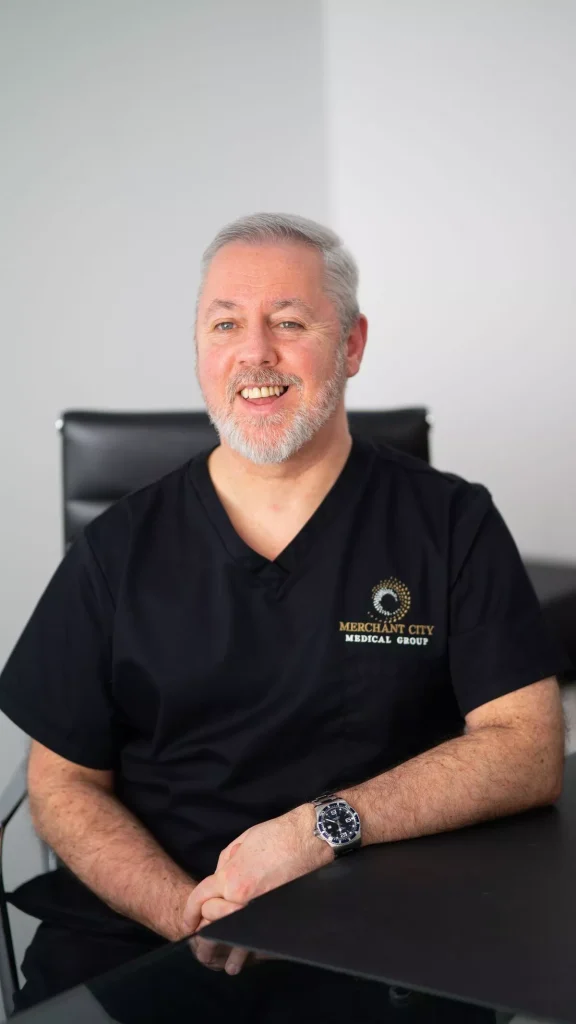
Expert Surgeons
Our team comprises highly skilled, experienced, and caring surgeons specialising in FUE techniques to deliver natural and lasting results
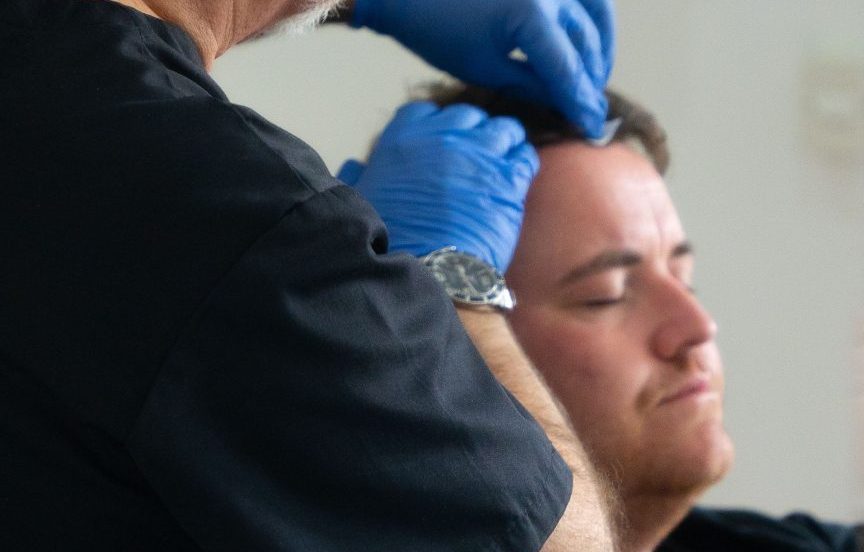
Bespoke Clinics
Enjoy premium care in our state-of-the-art clinics in Glasgow, Dublin, London, and Belfast. Each facility is designed to offer comfort, privacy, and the best medical care possible

Flexible Financing
We understand the importance of affordability. That’s why we offer arranged financing options tailored to suit your needs.
The Key Takeaway Point
Don’t let outdated myths keep you from achieving the look you want. Whether you want to fix a receding hairline, fill in thinning areas, or even explore options like beard transplants, we’re here to guide you with expert care and personalised solutions. Schedule your free consultation today to take the first step toward regaining your hair and boosting your confidence. At Merchant City Medical Group, we’re not just restoring hair—we’re restoring self-esteem and helping you feel your best.
Natural remedies like coconut oil, beard oils, and consistent brushing can improve your beard’s texture, appearance, and overall health. Patience and persistence are key if you’re dealing with patchy or slow growth. A beard transplant offers a reliable option for those seeking a permanent solution, providing natural, lifelong results and enhanced confidence.
At Merchant City Medical Group, we are ready to help you get the beard that you dream today.

